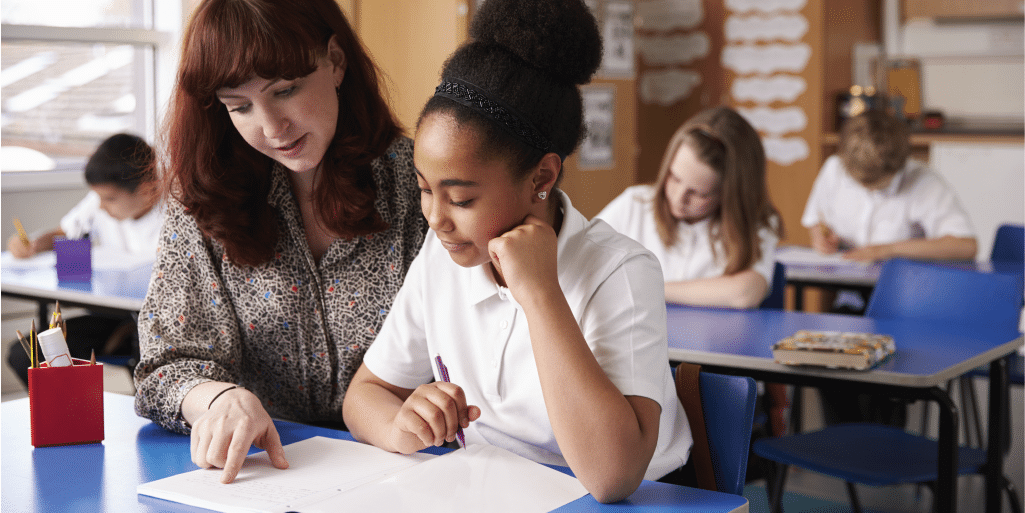Difference between competency-based education and traditional education
Technology has revolutionized the educational landscape, altering the way learning is approached. Digital learning resources like Chromebooks, iPads, and interactive whiteboards have replaced traditional textbooks as the primary teaching and learning tools.
This transition is best illustrated by the flipped classroom approach, which mainly utilizes videos and tech-driven curriculum. In addition, competency-based learning is greatly aided by technology.
Technology enhances student’s ability to learn more efficiently when it is used in the classroom, smoothly integrating with competency-based education's guiding principles. A more in-depth and engaging learning experience is ensured by this fusion.
Explore the contrasts between traditional education's structured approach and competency-based learning's
1.Structure
Pacing and Progression are two significant structural differences between competency models and traditional education. In traditional classrooms, the curriculum timeline is fixed, and regardless of individual student competence, students go on to the next unit according to predetermined schedules. A grade level often has students of the same age learning together.
Competency models adopt a more adaptable, individualised strategy. Students receive customised support to master skills and concepts before moving forward. Pacing changes depending on the demands of each person; although some learn new material fast, others may need more time or practice to master a certain skill.
Students advance at their best rate based on demonstrated proficiency rather than age groupings or semesters. The learning process is personalised for each person.
Let's understand with an example
Whether or not they have mastered the fundamentals of algebra,all ninth-grade students in a typical classroom advance to tenth-grade geometry at the end of the academic year.
In a competency-based approach, students can only move forward after they have proven their mastery of algebraic concepts like graphing equations, factoring polynomials & word problems.
2.Learning outcomes
In traditional classrooms, students are taught to memorise information in order to pass tests. Recalling the knowledge taught in class is one of the learning objectives.
In competency models, the emphasis is on in-depth comprehension of subjects so that students can apply their knowledge in practical settings. Utilising knowledge to finish practical projects, resolve challenging issues, or carry out activities is one of the learning outcomes.
Solving equations on a worksheet, for instance, can be a typical maths outcome. Using maths to create a corporate budget plan is a competency outcome.
3.Grading
Traditional grades are made up of test scores, assignments, and behavior.
Competency based education scores are based on the performance levels of each student, without bias.
With personalized and creative assessments, teachers are able to collect and understand data on student progress.Then, they make use of this information to provide transparent scores that aid in explaining the situation to both students and parents.
Traditional learning is structured and time-bound, emphasizing rote memorization. Competency-based learning, on the other hand, champions individual understanding and skill mastery, allowing students to progress based on genuine comprehension. As the saying goes, "It's not about how fast you learn, but how well you understand."
Follow for more: https://www.hellosmartpaper.com/post/competency-based-education-and-traditional-education










